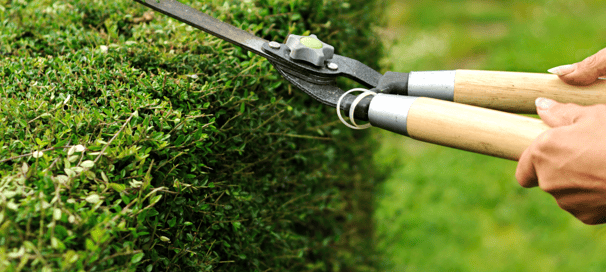Hedge Cutting Service
Welcome to our professional hedge cutting services page. Well-maintained hedges not only boost the visual appeal of your property but also support its privacy and overall health. With our expert hedge cutting services, you can keep your hedges looking neat, healthy, and beautifully shaped year-round.
Specialised Equipment We Use
For optimal results, we utilise a range of professional-grade tools, including:
Lawn Mowers: From push mowers to ride-on and zero-turn mowers, we have the right equipment for lawns of all sizes.
Edgers: For clean, precise trimming along pathways and flower beds.
String Trimmers: To reach areas that standard mowers cannot, such as spaces around trees, fences, and garden edges.
Leaf Blowers: To remove clippings and debris, leaving your lawn looking pristine.


Expert Consultation
Hedge cutting, also known as hedge trimming, is the process of shaping and maintaining hedges to support their health and enhance their appearance. Our all-inclusive hedge cutting service typically includes:
Initial Assessment: We start by evaluating your hedges to determine their current state, growth habits, and any specific needs they may have.
Trimming and Shaping: Using expert techniques, we trim and shape the hedges to your preferred height and style. This not only keeps them looking neat but also encourages healthy growth.
Debris Removal: Once the trimming is complete, we remove all clippings and debris, ensuring your property is left clean and tidy.
Final Inspection: A detailed inspection is carried out to confirm that the results meet our high standards and your expectations.


How Often Should Hedge Cutting Be Done?
How often hedges need cutting depends on their species, growth rate, and the look you want to maintain. In general:
Fast-Growing Hedges: Varieties like privet or leylandii often need trimming every 4–6 weeks during the growing season to stay neat and controlled.
Slow-Growing Hedges: Types such as boxwood or yew usually only require trimming 2–3 times a year.
Formal Hedges: If you're aiming for a well-manicured, polished appearance, these hedges may need more frequent maintenance to preserve their sharp, defined shape.
Best Practices for Effective Grass Cutting
Hedge Type: Different hedge varieties grow at different rates and have specific trimming requirements. Knowing your hedge type ensures it receives the right care.
Season and Weather: It's best to trim hedges during their growing season, avoiding extreme heat or frost, which can cause stress to the plants.
Shape and Height: Regular trimming helps preserve the desired shape and height, promoting both the health and aesthetic of your hedges.
Timing: For flowering hedges, it's important to trim them after they've bloomed to avoid cutting off buds and flowers.
Health Check: Routinely inspect your hedges for any signs of disease or pest problems and address them promptly to keep them healthy.
